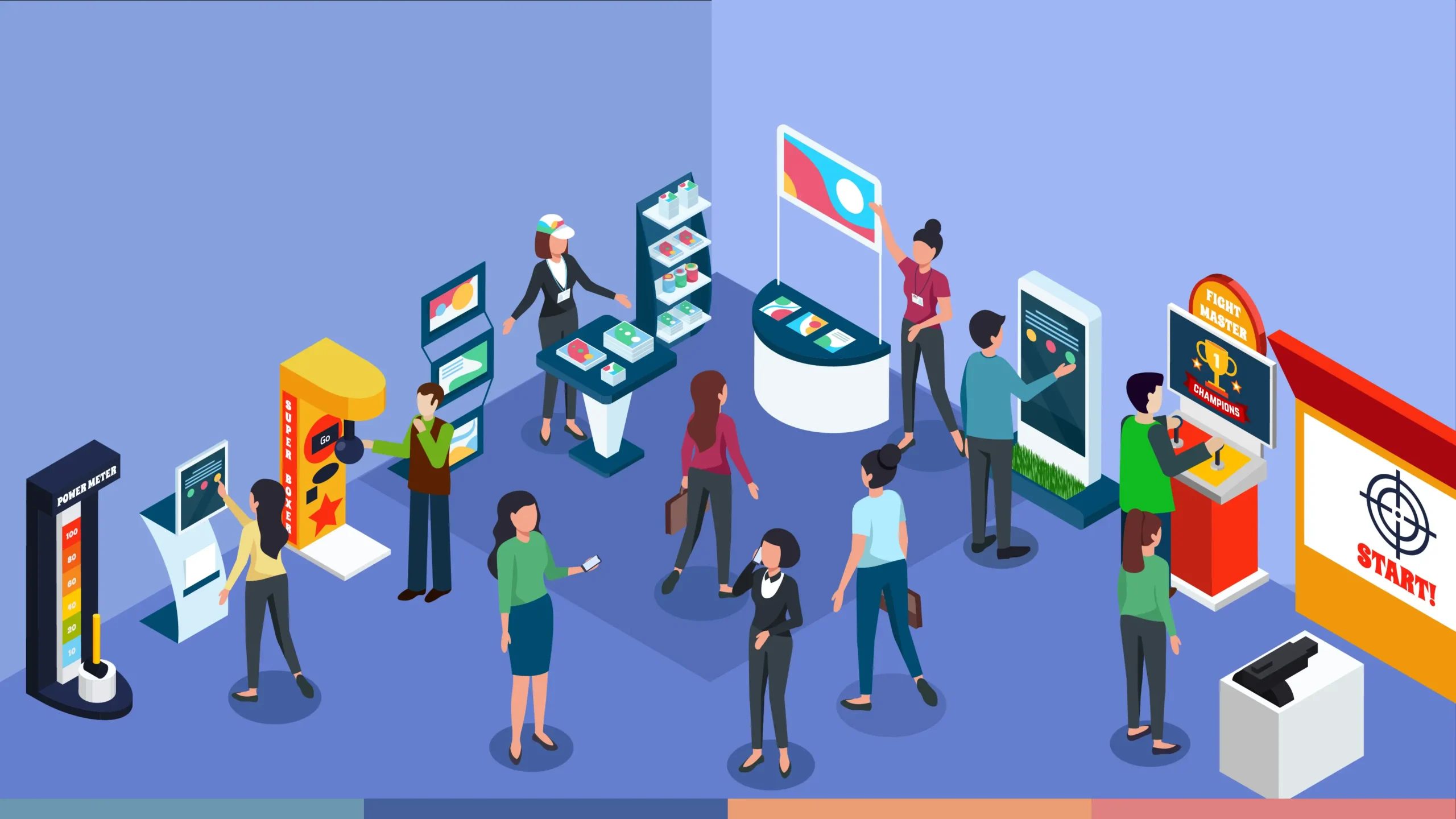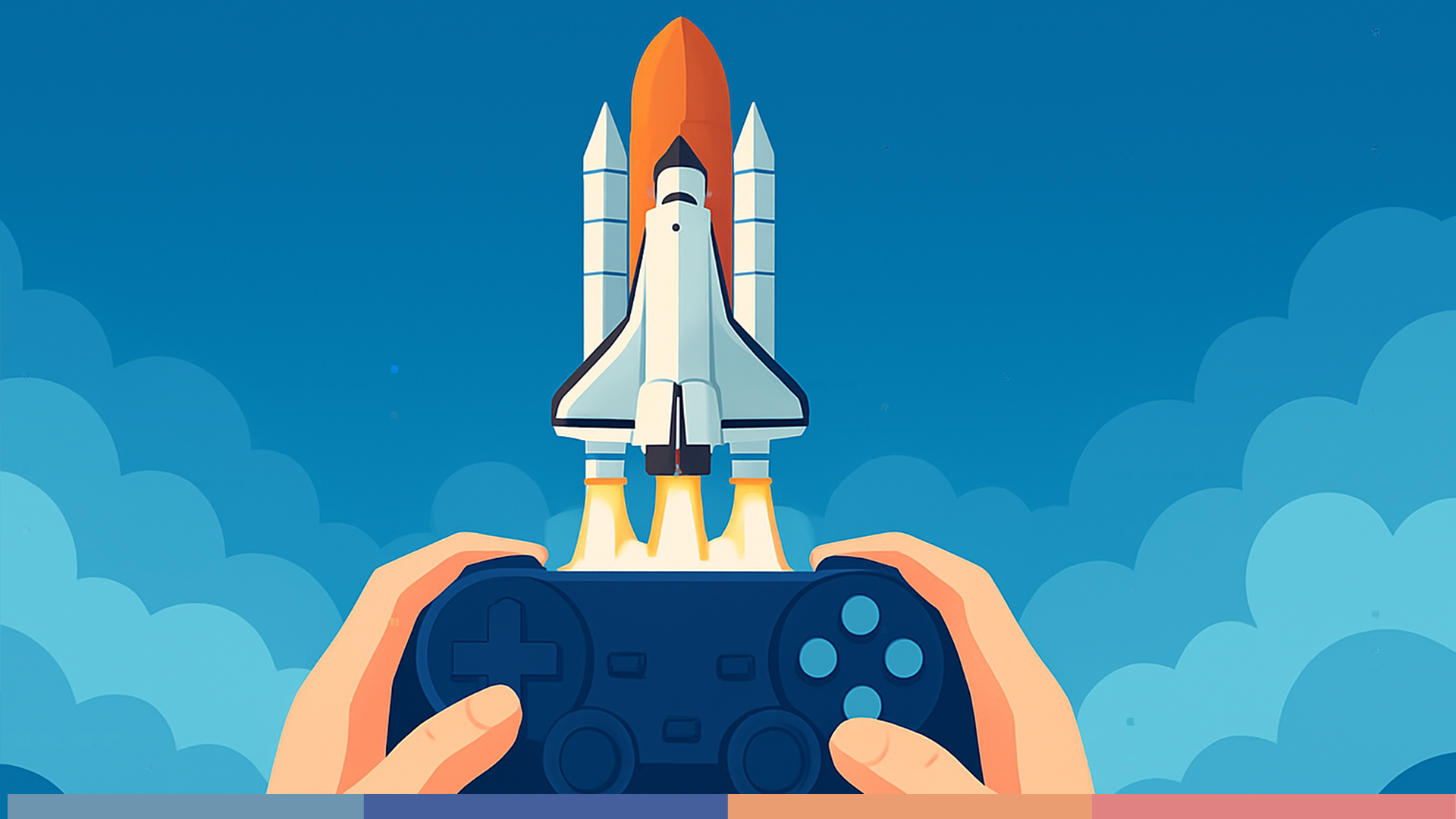How Gamification Marketing Can Boost Your Business

Gamification marketing is a powerful strategy that can help you attract, engage, and retain customers in a competitive and crowded market.
But why should you gamify your marketing? What are the benefits and challenges of gamification marketing? And how can you create compelling and fun gamified campaigns for your business? We will answer these questions and provide some examples and tips to help you get started with gamification marketing.
Benefits of Gamification Marketing
Gamification marketing can offer many benefits for your business, such as:
- Increasing customer engagement and loyalty
Gamification can make your marketing more interactive and enjoyable, which can increase customer satisfaction and retention. Gamification can also create a sense of achievement and competition, which can foster customer loyalty and advocacy.
- Enhancing brand awareness and differentiation
Gamification can help you stand out from the crowd and create a memorable impression on your customers. Gamification can also showcase your brand personality and values, which can increase customer trust and affinity.
- Driving customer behavior and conversions
Gamification can influence customer behavior and decisions by providing incentives and feedback. Gamification can also create a sense of urgency and scarcity, which can increase customer action and conversions.
- Collecting customer data and insights
Gamification can help you gather valuable data and feedback from your customers, such as their preferences, behaviors, and opinions. Gamification can also help you segment and personalize your marketing based on customer data and insights.
Challenges of Gamification Marketing
Gamification marketing is not without its challenges, such as:
- Designing and implementing gamification
Gamification requires careful planning and execution, which can be time-consuming and costly. Gamification also requires constant testing and optimization, which can be challenging and complex.
- Balancing fun and value
Gamification should not be just for the sake of gamification. Gamification should provide real value and relevance for your customers and your business. Gamification should also be fun and engaging but not too easy or too hard, which can affect customer motivation and satisfaction.
- Avoiding ethical and legal issues
Gamification should not be manipulative or deceptive, which can harm your brand reputation and customer trust. Gamification should also comply with the relevant laws and regulations, such as data privacy and consumer protection, which can vary across different regions and industries.
Examples of Gamification Marketing
Many brands have successfully used gamification marketing to achieve their goals and delight their customers. Here are some examples of gamification marketing campaigns that you can learn from and get inspired by:
- HelloFresh
HelloFresh is a meal kit delivery service that used gamification to increase customer engagement and loyalty. HelloFresh created a loyalty program called Fresh Rewards, which allows customers to earn points for every purchase, referral, and review. Customers can redeem their points for discounts, free boxes, and other rewards. HelloFresh also gamified their app and website with badges, challenges, and recipes of the week, which encourage customers to explore new cuisines, cook more often, and share their feedback.
- Under Armour
Under Armour is a sports apparel and equipment company that used gamification to promote their brand and products. Under Armour partnered with NBA star Stephen Curry to create a mobile game called Steph IQ, which is a live trivia game that tests the fans’ knowledge of basketball and Curry. The game is activated whenever Curry makes his first three-pointer in a game, and the fans can join the game and answer 10 questions for a chance to win prizes, such as Under Armour gear, NBA tickets, and Curry memorabilia.
- Starbucks
Starbucks is a coffeehouse chain that used gamification to enhance their customer loyalty program. Starbucks created a game called Starbucks for Life, which is a seasonal game that runs during the holidays. Customers can earn game pieces for every purchase, and collect them to win prizes, such as free drinks, merchandise, and the grand prize of free Starbucks for life. Starbucks also gamified their app and website with stars, levels, and personalized offers, which reward customers for their purchases and preferences.
Tips for Gamification Marketing
If you want to create your own gamification marketing campaign, here are some tips to help you succeed:
- Know your goals and metrics
Before you start gamifying your marketing, you should have a clear idea of what you want to achieve and how you will measure it. You should also align your gamification goals and metrics with your overall business goals and metrics, such as revenue, retention, and referrals.
- Know your audience and context
You should also understand who your target customers are, what they want, and what motivates them. You should also consider the context and channel of your gamification, such as your app, website, email, or social media. You should design your gamification to suit your audience and context and provide a seamless and consistent experience across different touchpoints.
- Use a variety of game elements
You should not limit yourself to one or two game elements, such as points and badges. You should use a mix of game elements, such as levels, challenges, rewards, leaderboards, and stories, to create a rich and diverse gamified experience. You should also balance the intrinsic and extrinsic rewards, such as fun, feedback, and recognition, to appeal to different types of customers and motivations.
- Test and optimize your gamification. You should not launch your gamification without testing and validating it. You should test your gamification with a small group of customers and collect their feedback and data. You should also monitor and analyze your gamification performance, and make adjustments and improvements as needed. You should also keep your gamification fresh and updated, and add new features and content to maintain customer interest and engagement.
If you are interested in learning more about gamification and how it can benefit you or your organization
Check out our gamification services page and contact us today. We are ready to help you create a gamification experience that aligns with your needs and preferences.
The Authors

Junialdi Dwijaputra

Dias Setyanto
Related Articles
- All Posts
- All-EN
- Service Highlight-EN
- News-EN
- Education-EN










